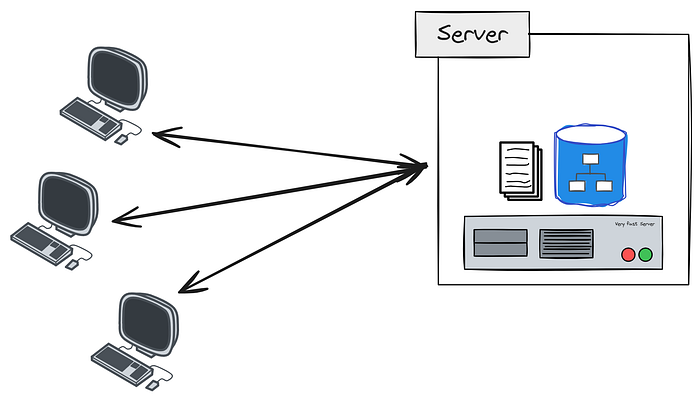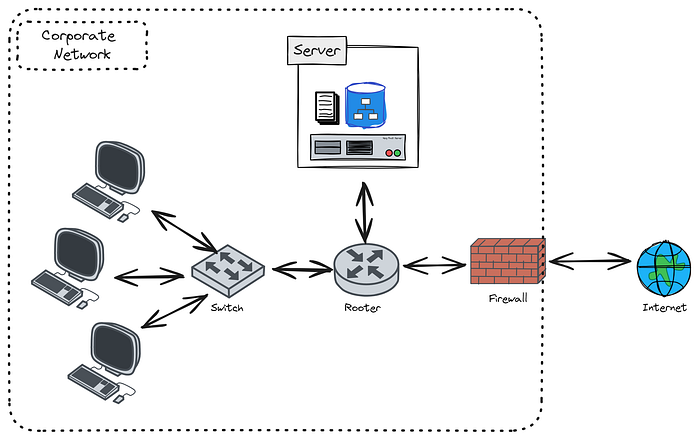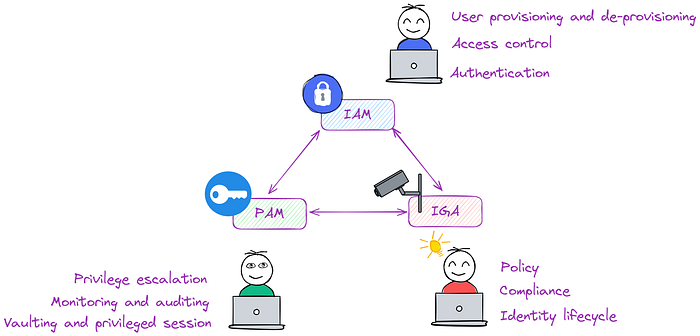Securely Managing Artifacts in CI/CD Pipelines
Original Article: Securely Managing Artifacts in CI/CD Pipelines
Summary
In this article, you will learn about the best practices for securely managing software artifacts within CI/CD pipelines. I will highlight the importance of traceability and integrity in your software supply chain. The article introduces the SLSA framework, detailing its three progressive levels of security. You will gain actionable insights on how to harden artifact security through dependency tracking, implementing digital signatures, validating source code, and certifying your build platform. By the end, you will understand how to implement these strategies to protect your delivery process against supply chain vulnerabilities.
Key Concepts
The SLSA framework (Supply-chain Levels for Software Artifacts) is designed to provide guidelines around the integrity and security of software artifacts. It consists of three progressive levels:
- SLSA Level 1: Focuses on basic documentation and automation to ensure a consistent and secure build process, producing provenance like a Software Bill of Materials (SBOM).
- SLSA Level 2: Introduces signed artifacts to prevent tampering after the build process, using a private key accessible only to the build platform.
- SLSA Level 3: Requires a hardened build platform to ensure artifacts are built from the official source using the official build process. Builds at this level are fully reproducible and traceable. SLSA aims to be a global standard for build processes, reflecting the level of trust you can place in a software component.
To enhance artifact security, the article highlights four key areas:
- Dependencies: Tracking dependencies and publishing a Software Bill of Materials (SBOM) is crucial for transparency, enabling better risk management and preventing vulnerabilities from compromised dependencies.
- Stamping Artifacts and Validating Stamps: Implementing digital signatures is a main requirement for SLSA Level 2. This ensures that artifacts haven’t been tampered with after the build process, providing strong, tamper-proof validation.
- Source Code: For SLSA Level 3, it’s essential to validate that an artifact was built from the official source code and using the official build process. This involves adding references to source code, pipeline scripts, and manifests to the provenance attestation. Signed commits by developers can further certify origin.
- Hardened Build Platform: The “certification” of your build platform is the second requirement for SLSA Level 3. This involves using a security control plane (like Sigstore) that provides an ephemeral signing key for a runner using workload identity. The build platform’s metadata is added to the certificate of provenance for validation.











